Author: Ryan Hansen
It wasn’t long after I got into craft beer that I tried my first American Porter, the velvety rich Deschutes Black Butte, which I still enjoy drinking to this day. Since then, I’ve tried many different commercial and homebrewed examples of this style, all of which have possessed their own unique characteristics while maintaining delicious notes of chocolate and caramel with restrained sweetness.
As a spinoff of a classic English style of ale, American Porter is unsurprisingly noted to be higher in strength as well as having more hop character, which comes from the higher usage of American varieties. It’s this balance of malt and hops that many find so appealing about we a well-made American Porter, which the BJCP describes as:
A malty, bitter, and often somewhat hoppy dark beer with a balanced, roasted, and frequently chocolatey character.
In the time I’ve been brewing, I’ve honed 4 recipes that I like to keep on tap at all times, one of which is Bubba’s Porter. Named after one of my kids who often assists me on brew days, this beer has a chocolate maltiness that’s balanced by a healthy bitterness with moderate American hop character. With my keg of Bubba’s Porter running low, I decided to see how a batch would turn out if I cut a bunch of corners during the brewing process.
| BREWING THE BEER |
For this recipe, all I did was make minor tweaks to the malt bill and hop additions of Bubba’s Porter to account for the reduced mash and boil lengths.
Short & Shoddy American Porter
Recipe Details
| Batch Size | Boil Time | IBU | SRM | Est. OG | Est. FG | ABV |
|---|---|---|---|---|---|---|
| 5.2 gal | 30 min | 44.8 | 33 SRM | 1.071 | 1.012 | 7.74 % |
| Actuals | 1.071 | 1.012 | 7.74 % | |||
Fermentables
| Name | Amount | % |
|---|---|---|
| Pale Malt | 13 lbs | 81.25 |
| Caramel/Crystal 45L | 2 lbs | 12.5 |
| Black Malt | 8 oz | 3.12 |
| Chocolate Malt | 8 oz | 3.12 |
Hops
| Name | Amount | Time | Use | Form | Alpha % |
|---|---|---|---|---|---|
| Columbus (Tomahawk) | 28 g | 30 min | Boil | Pellet | 15.2 |
| Cascade | 57 g | 15 min | Boil | Pellet | 5 |
Yeast
| Name | Lab | Attenuation | Temperature |
|---|---|---|---|
| Pub (A09) | Imperial Yeast | 74% | 64°F - 70°F |
Notes
| Water Profile: filtered Fresno tap water |
Download
| Download this recipe's BeerXML file |
I began collecting the full volume of filtered water at 9:56 AM
I usually adjust my water to a desired mineral profile, but I skipped that step for this batch. After flipping the switch on my Clawhammer Supply 120v controller, I proceeded to mill the grain.
When the water was properly heated, I stirred in the grist and set the controller to hold it at my desired mash temperature of 152°F/67°C.
Once the 30 minute mash rest was complete, I removed the grains then boiled the wort for just 30 minutes with hops added at the times stated in the recipe.
At the completion of the boil, I took a refractometer reading indicating the wort was at 1.071 OG for a brewhouse efficiency of 64%, after which I quickly chilled it with my CFC during transfer to the fermenter.
Next, I direct pitched a pouch of Imperial Yeast A09 Pub into the 72˚F/22˚C wort.
The filled fermenter was connected to my glycol chiller set to maintain 68°F/20°C at 12:18 PM for a total brew day time of just 2 hours 22 minutes. With signs of fermentation activity absent 11 days later, I took a hydrometer measurement showing FG had been reached.

At this point, I chilled the beer to 34°F/1°C and let it cold-crash overnight before pressure transferring it to a CO2 purged keg.
The filled keg was placed in my walk-in cooler and burst carbonated at 45 psi for 18 hours before I reduced the gas to a serving pressure. After a week of cold conditioning, it was ready to serve to tasters.
| RESULTS |
A total of 13 people of various levels of experience participated in this Short & Shoddy evaluation. Participants were informed of the specific beer style and provided the BJCP description prior to completing the survey. Tasters were then instructed to rate how hoppy, malty, and dry they perceived the beer to be on a 0-5 scale where a rating of 0 indicated “not at all” and 5 indicated “extremely.”
Tasters were provided a list of common hop, malt, and yeast characteristics then instructed to select from each the one they perceived as being most prominent in the beer.
Hop Characteristics
Malt Characteristics
Yeast Characteristics
Next, participants were asked to indicate whether or not they detected any off-flavors in the beer; those who did were provided a list of common off-flavors and instructed to select the one they perceived as being strongest. Not a single person identified this beer as possessing any off-flavors.
Tasters were then asked to rate how well the beer represented the intended style, based on the provided BJCP description, on a 0-5 scale where 0 meant “not at all” and 5 meant “exactly.”
Finally, tasters were asked to rate how much they enjoyed the beer on a 0-5 scale where 0 indicated they hated it and 5 indicated they loved it.
My Impressions: To put it simply, this Short & Shoddy American Porter tasted exactly like the numerous batches of Bubba’s Porter I’ve brewed. Well ratioed caramel, chocolate, and roast flavor with just enough bitterness to keep the sweetness in check, and hints of classic American hops. I loved it!
| CONCLUSION |
As a modern take on a classic British ale, American Porter possesses enough unique characteristics to be defined as its own style – strong yet not too boozy, dark yet not too roasty, bitter yet not too hoppy. It makes sense this style has stood the test of time, with drinkers of varying preferences viewing it as an enjoyable quaffer.
Similar to most American styles, brewing American Porter isn’t terribly involved, though certain process variables are widely viewed as being important. Interestingly, tasters of this Short & Shoddy American Porter not only seemed to think it was a solid example of the style, but they thoroughly enjoyed it as well. Moreover, ratings on the various perceptible aspects of this beer were congruent with the BJCP style description, and not a single person identified the beer as possessing any off-flavors, despite the various shoddy methods used to make it.
Having had many experiences with Short & Shoddy beers brewed by others, I was confident this American Porter would turn out well, but it ended up being basically identical to my original recipe, yet it took half the time to make. The fact blind tasters rated it as highly as they did only validated my use of the Short & Shoddy process, and I’m confident other lovers of this style will be just as pleased as I was with the outcome!
If you have thoughts about this Short & Shoddy brew, please feel free to share it in the comments section below!
Support Brülosophy In Style!
All designs are available in various colors and sizes on Amazon!
Follow Brülosophy on:
FACEBOOK | TWITTER | INSTAGRAM
If you enjoy this stuff and feel compelled to support Brulosophy.com, please check out the Support page for details on how you can very easily do so. Thanks!


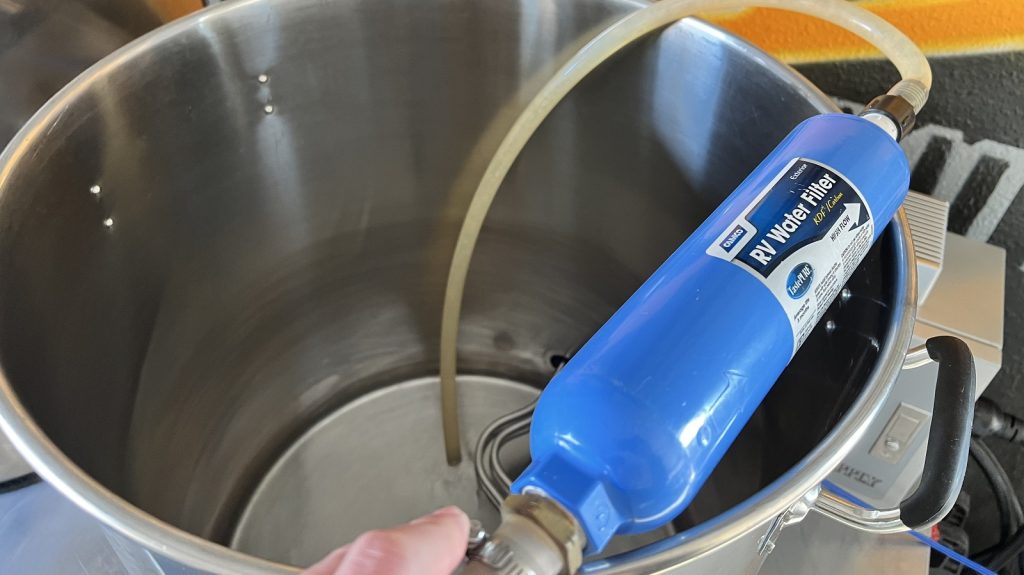


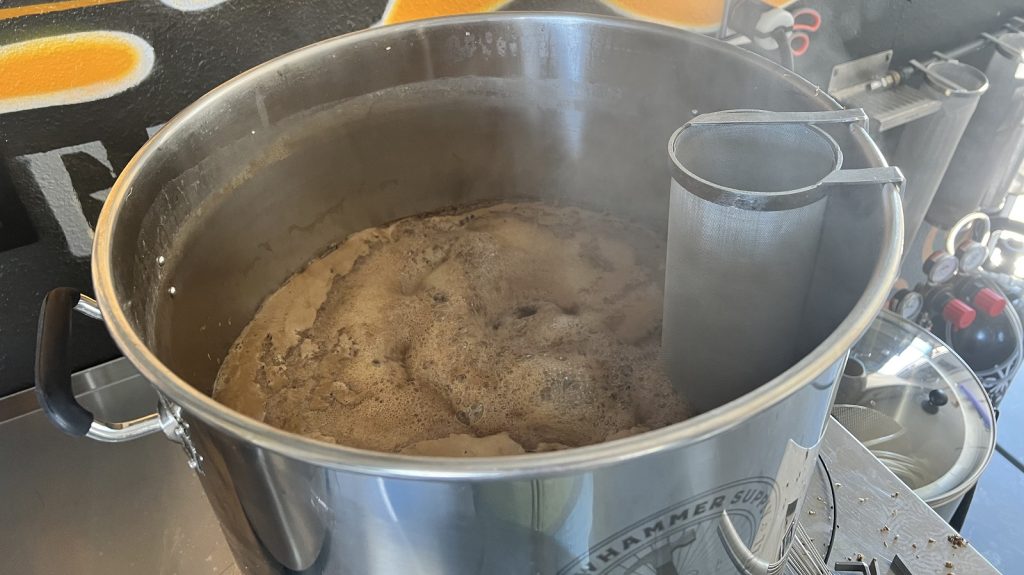
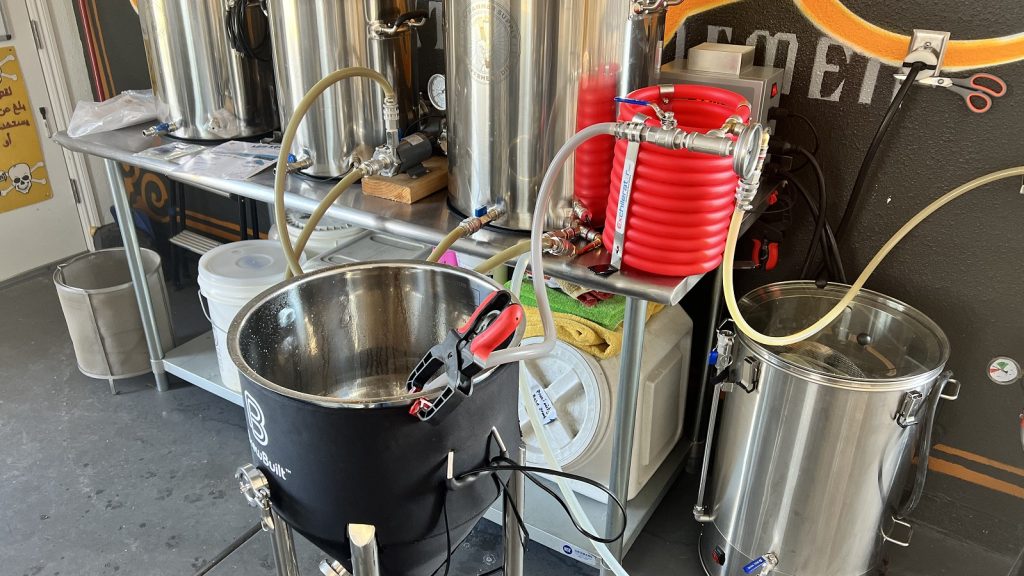
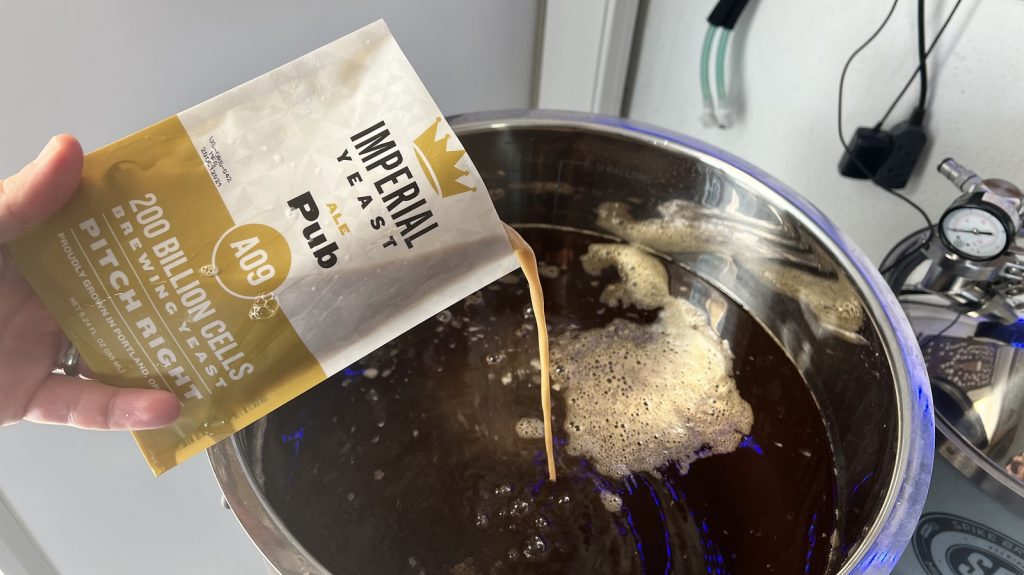
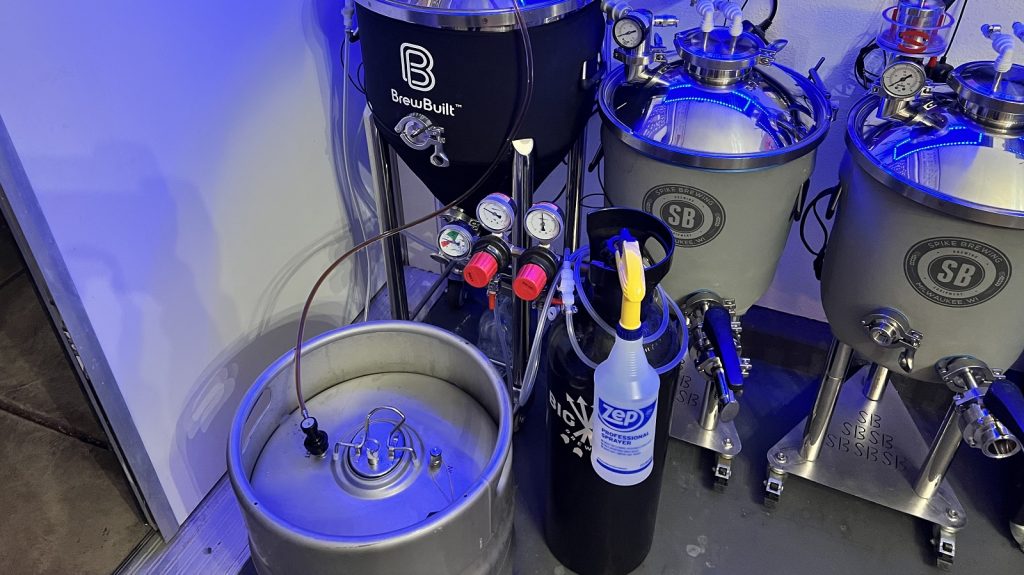
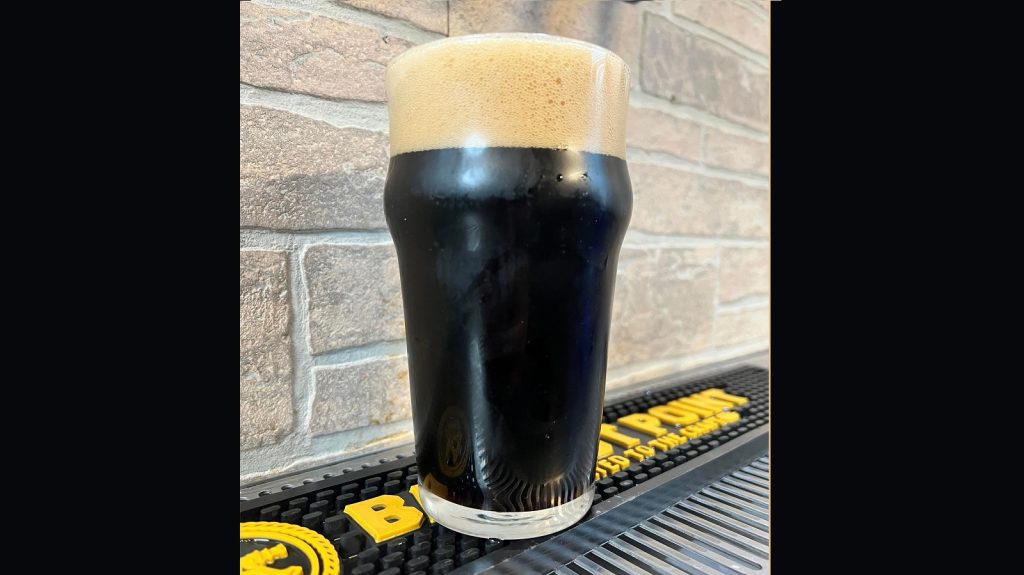
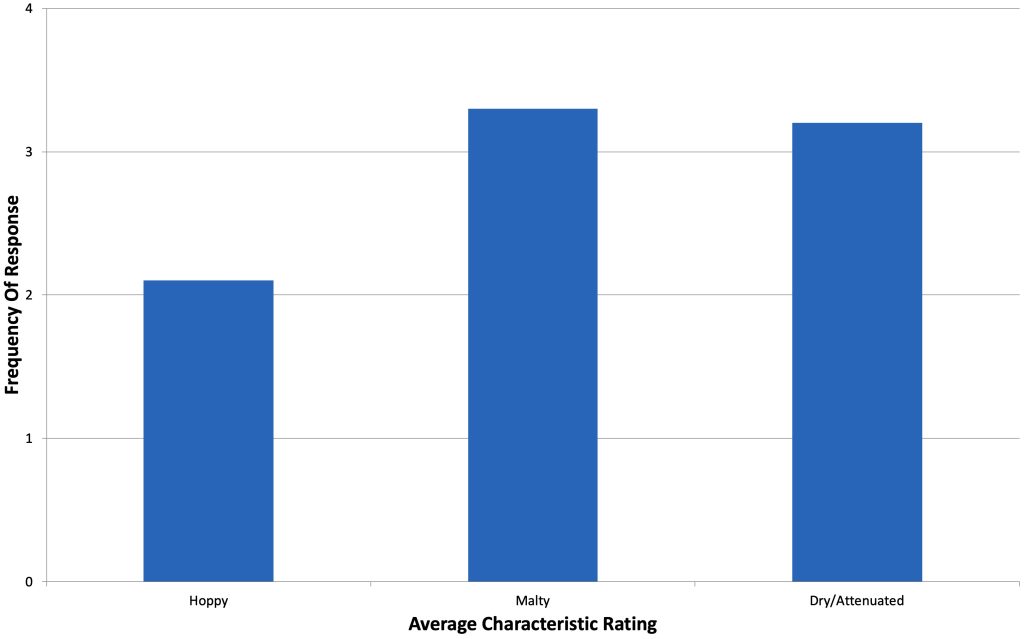
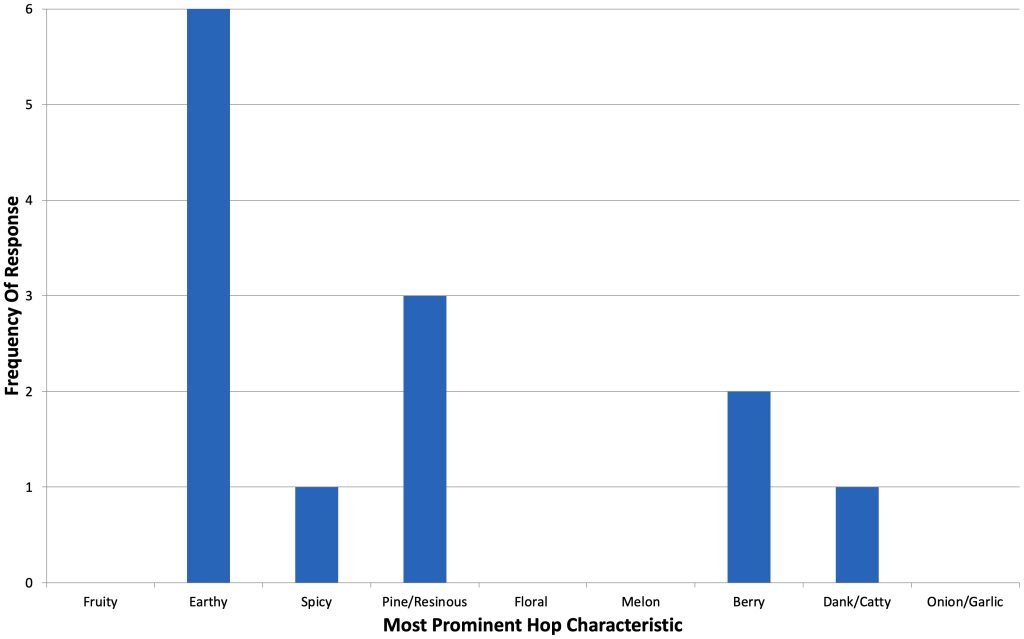

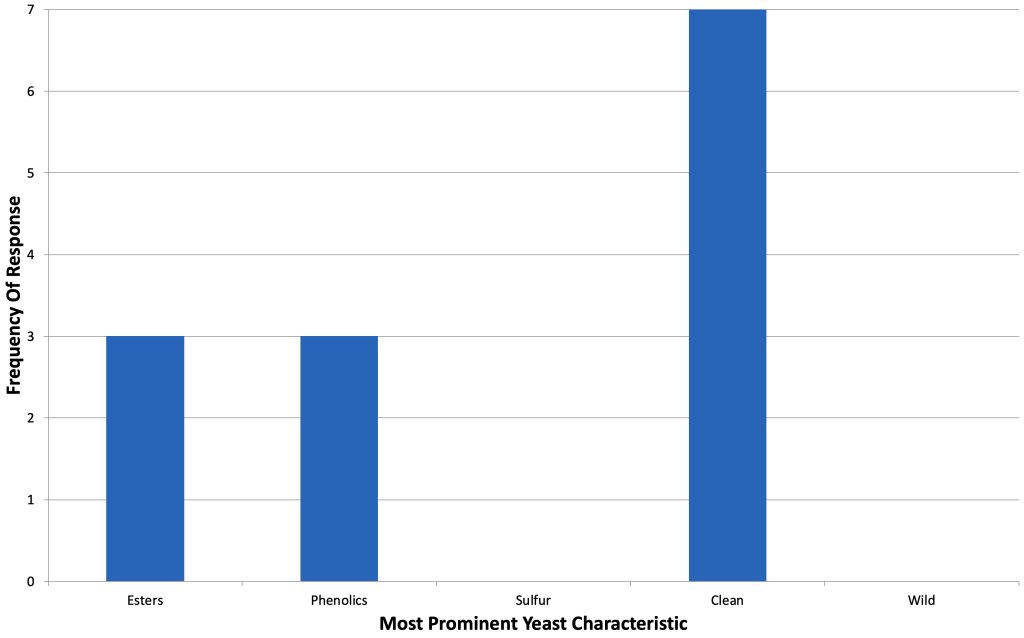
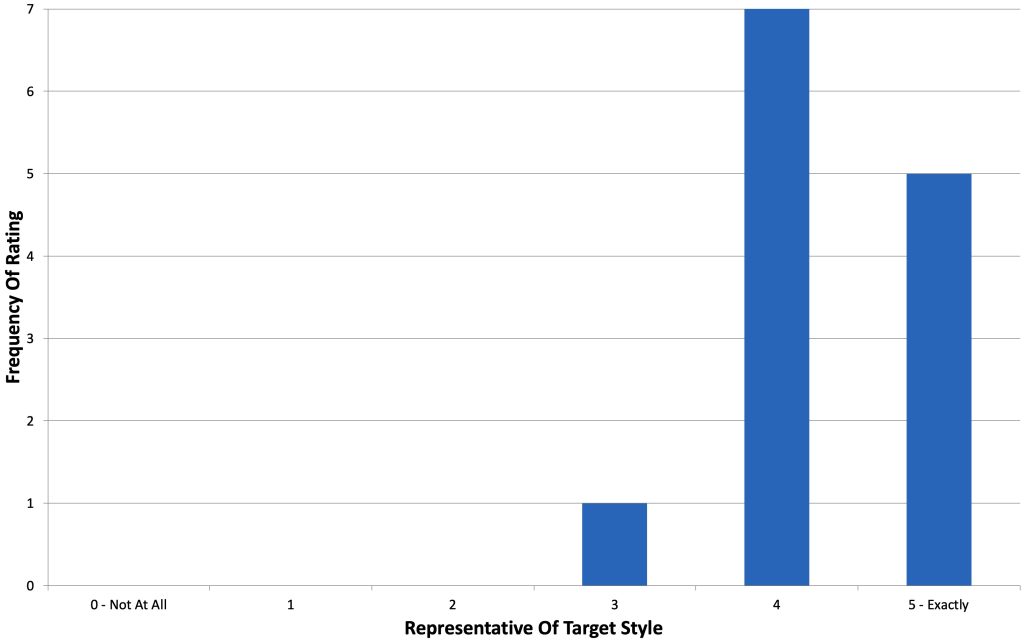












1 thought on “Short & Shoddy | American Porter”
I can’t see how you went from 1.071 to 1.012 having mashed at 67°C for 30 minutes and then fermented with Imperial Pub A09.
That’s ~84% attenuation.
What do you put this down to?